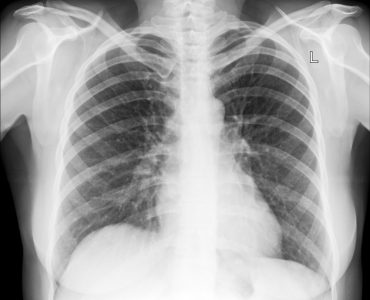Anxiety disorder is a term covering various forms of abnormal, pathological fears, anxieties, and phobias. Clinically, anxiety is used interchangeably with the terms ‘phobia’ and ‘fear’ in describing omnipresent emotions.
Anxiety is a unpleasant emotional state. The disorders linked with anxiety are often accompanied by physiological symptoms such as sweating, palpitations, headache, hypertension and muscle spasms, all of which could lead to extreme fatigue. Alcohol or benzodiazepine dependence is a factor contributing to some forms of anxiety disorders, including social phobia and panic disorder, which are evident in about half of mental health service recipients. Both animal and clinical researches suggest that difficulty in maintaining balance results when a structure in the brain called parabrachial nucleus malfunctions. This structure coordinates signals from the amygdala, which are connected to the emotion of fear. Malfunction in the parabrachial nucleus thus leads to instability or imbalance. Biochemical factors include low levels of a neurotransmitter known called gamma-aminobutyric acid (GABA) that causes over activity in the central nervous system. These GABA receptors can be modulated through treatment with anxiolytics or selective serotonin reuptake inhibitors (SSRIs).
Recently, research using functional brain imaging techniques showed that the effects of SSRIs in relieving anxiety is not a result of secondary mood improvement, but by a direct action on GABA neurons. In addition, there is also evidence that anxiety disorders may result from chronic exposure to organic solvents in the work environment.











